In a CAN network, all nodes share a single bus to transmit and receive data. When dealing with an unknown multi-node CAN bus network, the challenge lies in accurately analyzing the communication protocol between the nodes. How can one effectively uncover the underlying communication rules without prior knowledge?
First, understanding the CAN bus communication method is essential. Similar to RS-485, the CAN bus operates on a shared bus, where all nodes are connected to a pair of differential lines. Unlike traditional master-slave systems, CAN nodes do not have a fixed hierarchy. Instead, they can autonomously send data whenever needed, thanks to an advanced arbitration mechanism that prevents data collisions and ensures smooth communication.
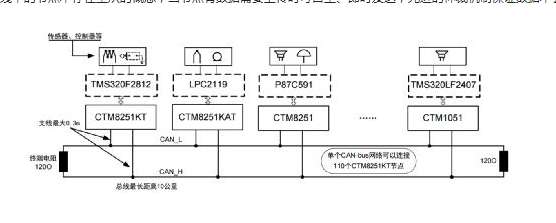
Next, when it comes to protocol analysis, the CAN bus can be roughly divided into three layers: physical, data link, and application. The node ID can typically be identified by parsing the data link layer. For an unencrypted CAN bus, a CAN interface card (also known as a CAN box) is commonly used. This device converts CAN signals into USB or PCI formats, allowing for analysis using a computer. To perform a comprehensive analysis, a professional bus analyzer like CANScope is recommended. It supports testing, calibration, and fault diagnosis, making it a powerful tool for CAN network analysis.
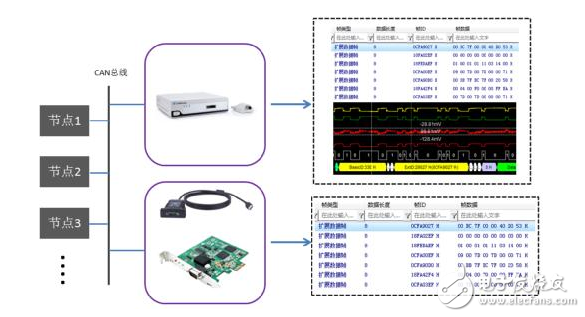
When working with a complex network that has many unknown nodes and no prior information, the first step is to capture and identify the packets transmitted across each CAN channel. If each node is tested individually, the original communication structure may be disrupted. Therefore, it's crucial to find a way to analyze the protocol without interfering with the existing network behavior.
To achieve this, a multi-channel CAN card becomes indispensable. The USBCAN-8E-U is a specialized tool designed for such scenarios. It features eight CAN interfaces and allows for routing and forwarding between channels. This capability enables multiple nodes to be connected simultaneously while maintaining the integrity of the original network communication.
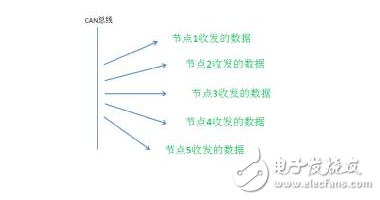
The software accompanying the USBCAN-8E-U provides clear visualization of messages sent and received on each channel, making it easier to monitor and analyze traffic. This level of detail is invaluable when identifying node IDs and understanding the overall communication pattern.
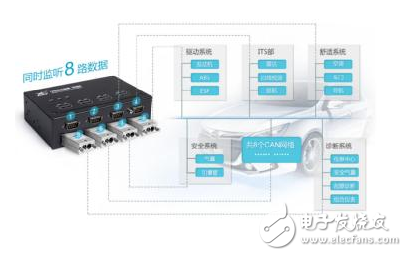
By leveraging the capabilities of the USBCAN-8E-U, engineers and technicians can efficiently analyze multi-node CAN networks without disrupting the original system. This approach ensures accurate protocol identification and supports deeper insights into the network’s behavior.
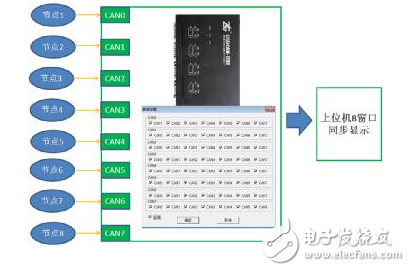
80 Plus Bronze
Atx Power supply,Atx Psu 80PLUS Bronze Series,80 Plus Bronze Power Supply
Boluo Xurong Electronics Co., Ltd. , https://www.greenleaf-pc.com